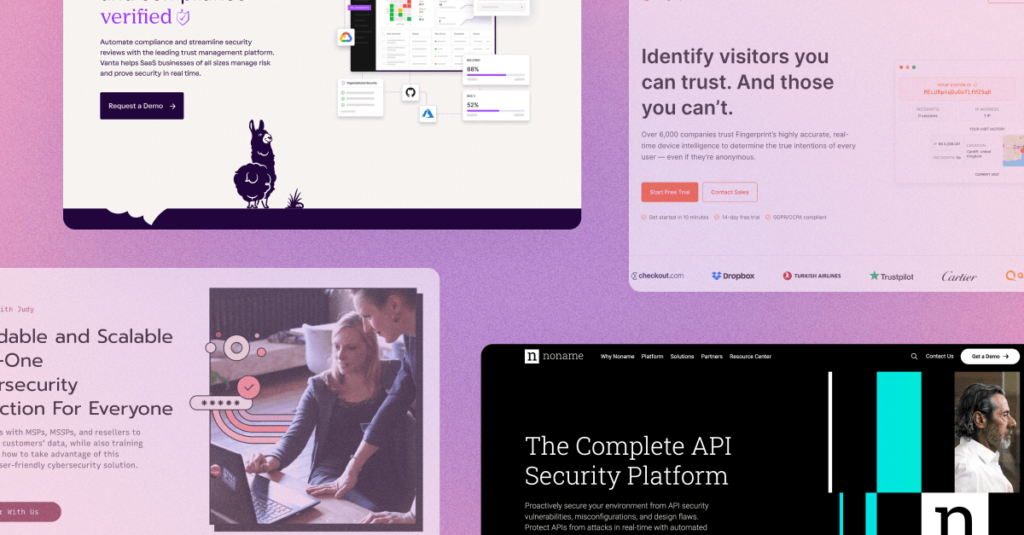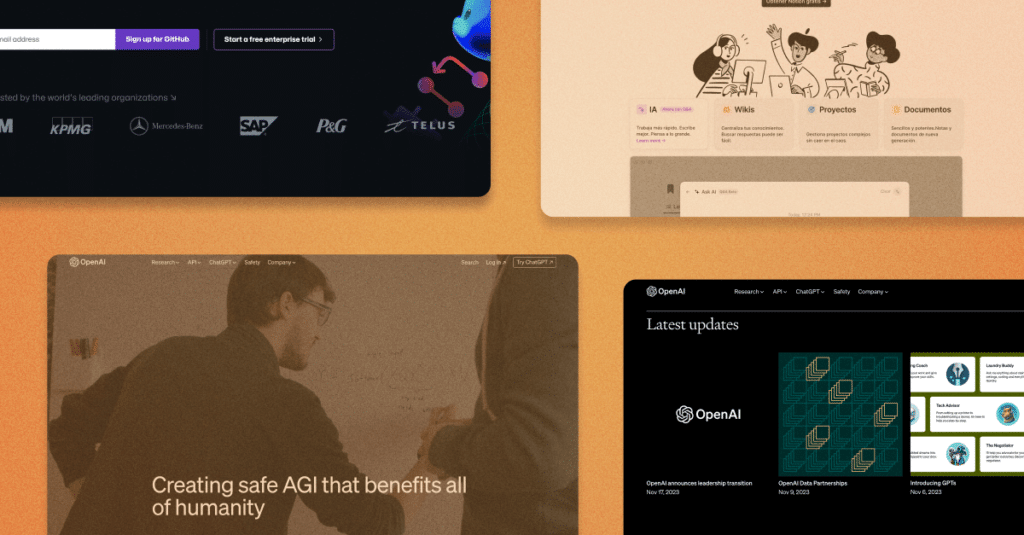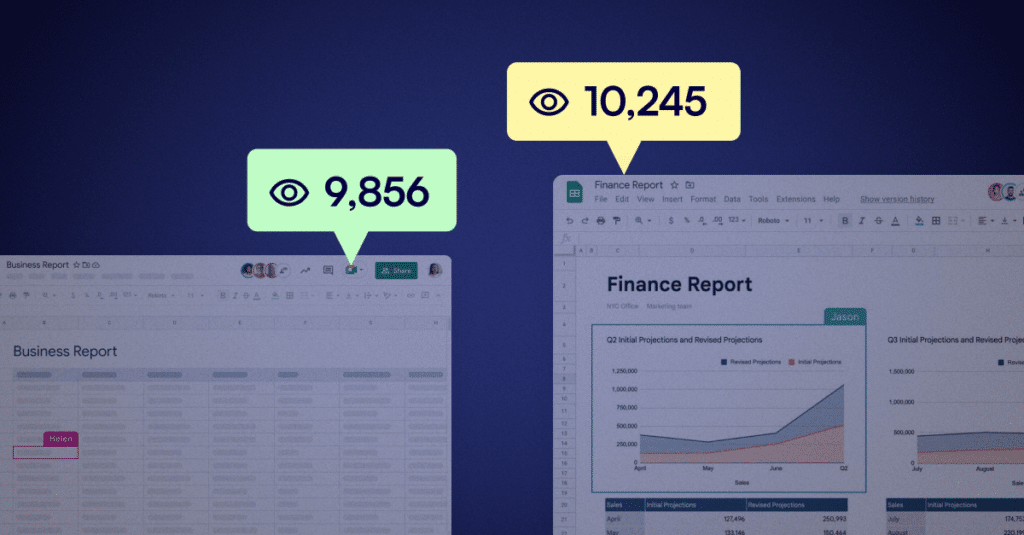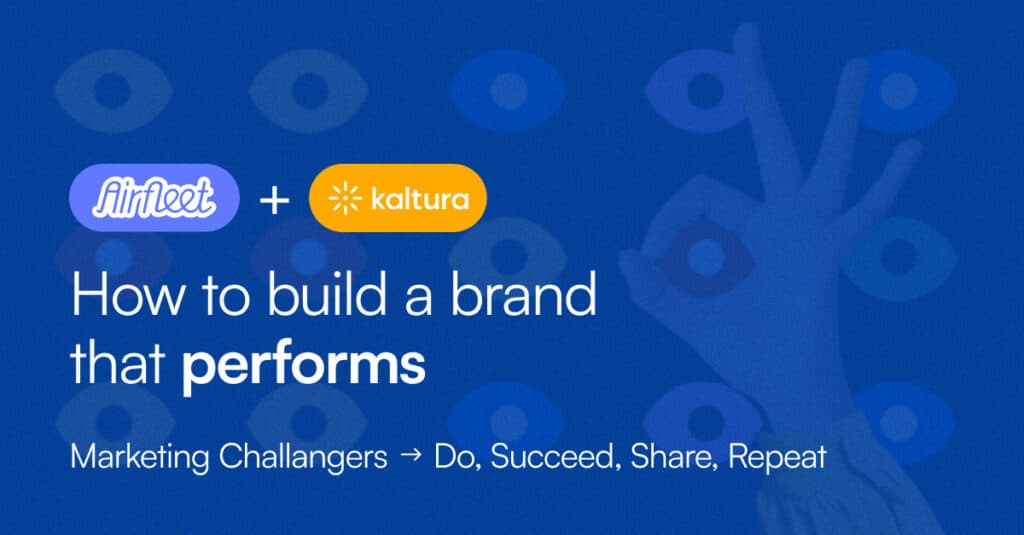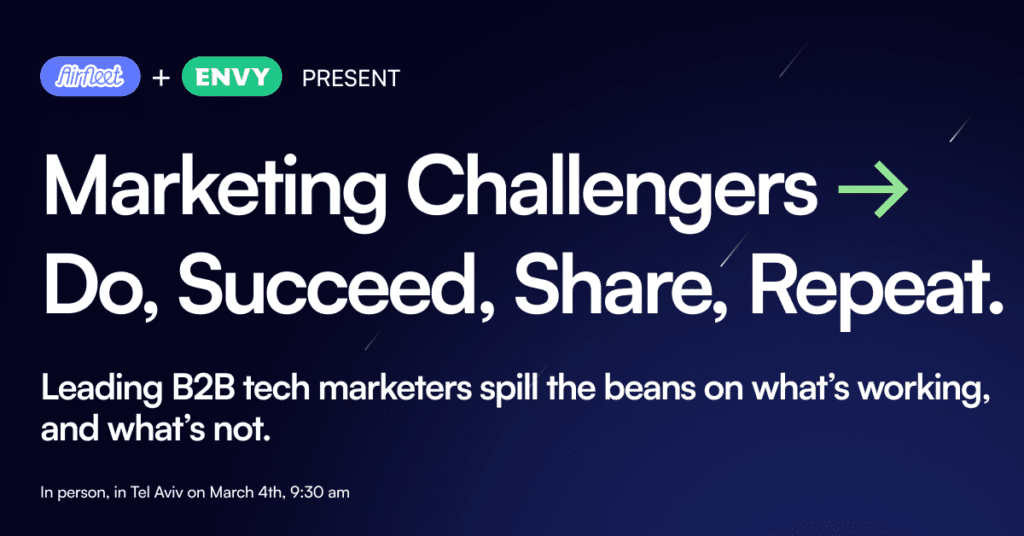The Airfleet Debrief: Forget Your Old B2B Playbook
Peter Zaballos, Fractional CMO at Authentic, shares why the old sales-driven approach to scaling in the U.S. no longer works and how to fix it.
The Airfleet Debrief is a series that challenges marketing experts to teach B2B marketers something they can use in 15 minutes or less. Peter Zaballos, Fractional CMO at Authentic, has spent the last ten-plus years as a CMO at high-growth tech companies and will tell you why relying on a “playbook” is the last thing you should do.
Watch the video or scroll down for the full write-up.
Do you lean on a tried-and-true playbook when you start a new position?
If yes, it’s time to throw that fossil in the trash!
As Peter Zaballos will tell you, the only constant in marketing is change. The channels and tactics that worked yesterday won’t work today. While the fundamentals remain (the five Ps – Product, Price, Promotion, Place, and People) and there are certainly best practices, those old “life hacks” are exactly that: OLD.
It’s time for a new approach to B2B marketing strategy!
Verify the basics. Then, re-verify them.
Every business needs to know their ideal customer profile. In B2B, they also need to know which personas are typically on the buyer committee and which problems the company’s solutions solve for that buyer committee. They also need to know which competitors their sales team runs into most often and how your product differs from what your competitors offer.
Picking up what worked for a B2B web service that costs $400 a month and trying to move that to software that costs six, seven, and eight figures – the same playbook doesn’t work. It’s all about getting the fundamentals right at the very beginning and doing the hard work of understanding what this business is, why we will win, and who we serve.
Peter Zaballos
It’s not enough to ask employees and executives what they think the company does and who it serves. Often, people get close to a product and lose sight of why it was originally developed, or customers ask for product features that eventually change the solution so much that it no longer neatly fits into its original intended purpose.
Peter recommends:
- Analyzing your customer data
- Talking to your customer base
- Speaking with ideal targets who are not familiar with your product
Everybody inside the company has had weeks and months to understand the product. Your existing customers already understand the products. So those two groups of people can’t validate whether you have effective messaging or not.
He also clarified what has worked for him in the past when validating messaging.
We worked with a super phenomenal agency that would do positioning research. Their final test was to test your messaging and positioning on true prospects that they would recruit – actual potential buyers. And we knew messaging worked – because somebody we want to sell to, who isn’t familiar with our product or our business, hears those words and says, ‘That’s a solution to my problem.’

Stay open, but nail the fundamentals.
Where buyers spend their time online, and their expectations during the buying process have evolved.
How the technology works also changes. Facebook originally allowed very detailed targeting. Now they have categories that make developing audiences difficult. By the time you read this article, things may be different.
Stay flexible and open to feedback. However, some truths have withstood the last ten to fifteen years:
- Buyers will visit your website
- If your website doesn’t have what your buyer is looking for, they’ll go to a competitor
- The quality of your content, web responsiveness, and design will lead buyers to form an impression of your brand
Digital marketing is more important than ever.
We all need to remember that we don’t like talking to salespeople. Nobody likes talking to salespeople until they absolutely have to. So the people that buy your product will do anything they can to avoid talking to a human if they can do it. And the flip side is how do you turn that into your advantage? How do you provide a digital journey that gets that prospect to 90% of a decision to buy your product before they even talk to a salesperson? That’s a competitive advantage if your competitor only gets them 60% of the way there – they’re going to lose a lot of those prospects to your brand because those buyers want the information without talking to salespeople.
Peter emphasized during the Live that finding where your buyers are looking for answers is still mission-critical.
Your main job in marketing is to understand what your prospect is typing into a search engine or an AI at three o’clock in the morning. They can’t sleep because they have this problem at work. And all of that has nothing to do with the thing you’re selling them. They’re writing words down that have everything to do with their business and their problem. And then you need to understand how do I create a journey that brings that person with that problem to me?
However, he added that where these buyers find us has changed and will continue to evolve.
The fundamentals are all still there, but the channels you’re going to go to apply the analytics to tell you, ‘Where do I meet these people?’ That’s all changing, and that’s the best part about being in marketing right now. You must have an open mindset and curiosity and be a full-time learner because whatever worked last year is not relevant now, and you need to move on to an additional set of tactics and resources.
Marketing is the new sales.
Particularly in the United States, investors and CEOs in B2B technology relied heavily on their sales teams to help companies scale. Salespeople were hired because of the depth of their network, and founder-CEOs validated their decision to hire sales first through their own experience in sales. Early-stage sales were largely made to people in their (the CEO’s) network.
Unfortunately, the sales-first strategy isn’t working well in today’s market. In 2022, Gartner found that 89% of sellers feel burned out in their jobs. According to Quotapath, 91% of companies fail to hit 80% or more of their quota targets. Only 28% of surveyed salespeople—often touted as eternal optimists—felt they would hit quota by the end of the year.
Many organizations lead with sales. They lead with their network and tell salespeople, ‘Go into your networks and find our prospects.’ I’ve devised a term, ‘lead starvation,’ to describe this phenomenon. The old way of thinking does not scale.

So many people in marketing have come into an organization where the sales force is sputtering because they can’t get any more prospects out of their network, and they’ve turned to marketing and said, ‘Give me leads.’ As marketers, we know it’ll take us nine months to build that inbound SEO-driven flow of leads. So if you use the networks like crazy, but start your demand generation with search optimization now so that when that network starts to run out, you’ve got an inbound set of prospects flowing to you for almost nothing.
Businesses should invest in marketing early. Wise business leaders also see that sales can only thrive with a strong marketing strategy. Alignment among the go-to-market teams must be a top priority and stewarded by the CEO for a company to scale.
Links to graphic resources:
Portion of buyer journey takes place digitally. McKinsey & Co.
B2B Buyers want a rep-free sales experience. Gartner on B2B Buying.


